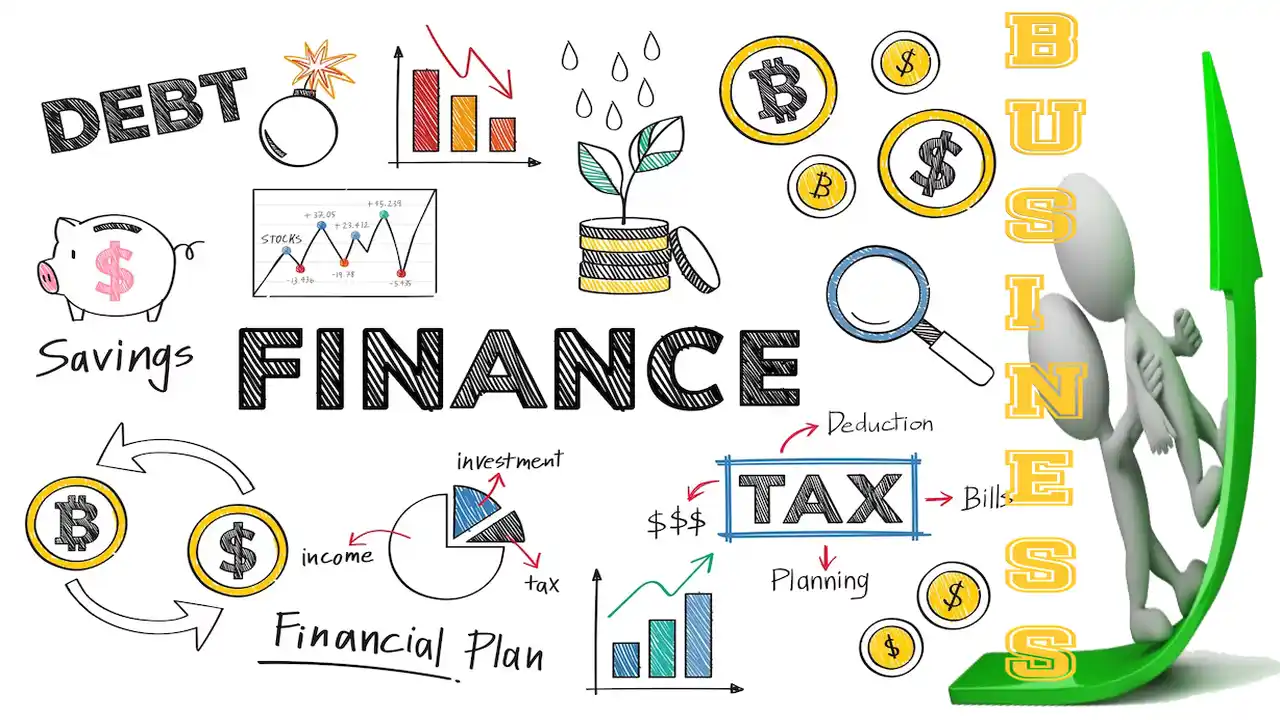A buyer must be aware that there is always the chance that their investment could go down the drain. So, it’s up to the investor to make sure the property is well-managed and making money. Investments must comply with the laws of the nations hosting the investments, as stated in several foreign investment treaties. It is important to conduct this to verify that the investment has all the necessary licenses and registrations and follows the rules and regulations of the countries where the investment is held. This page discusses nature of investment in detail.
The nature of an investment refers to the qualities of financial assets to which people or entities allocate resources in order to create returns. Its assets include real estate, bonds, equities, and mutual funds. An investment’s characteristics include time horizon, risk, and possible return. Investors evaluate these qualities in order to ensure that their portfolios are consistent with their overall investing strategy, risk tolerance, and financial goals. Making knowledgeable decisions that balance possible rewards and risks results in a well-rounded and diverse investment portfolio. This requires understanding of the nature of investments.
Nature of Investment
The most basic assumption is that the return on investment should be higher than the risk involved. An element with a high yield should naturally be present in a high-risk investment. Typically, a lower yield is associated with a better yielding investment. Investors need to establish their risk tolerance before making any investment decisions. It would be foolish to generalize about all investors; some might be ready to lose everything for a bigger payoff. But those who are risk-averse look for the most valuable assets, where their money will grow consistently, even if slowly. The nature of investment include:
Spreading your Money Around
In order to achieve your investing goals, you must build a diverse portfolio of assets. Spreading your money around among several investments is a method to achieve the sweet spot between risk and return. Prioritizing safety measures for your loved ones should be your top priority. Included might be a variety of life insurance policies, including term plans, unit-linked insurance plans, and others. For the acquisition to be as profitable as possible, you should think about your goals.
Appropriate for Investors
Verifying that an investment will help an investor achieve their objectives is what investment research is all about. Before allowing the individual to proceed with the security analysis, it takes a close look at their abilities and requirements. To ascertain if the projects are investment-worthy, they undergo thorough evaluation.
Review at Regular Intervals
Since market factors might affect your finances, it is vital that you keep an eye on them every day. When your portfolio isn’t yielding the outcomes you’re hoping for, it’s time to make some adjustments. Right now, you may choose from a plethora of investment programs; pick the one that works best for you in terms of your savings and your financial goals.
Elapsed Time
Also, keep in mind that the historical time is a key consideration when trying to define investment for a specific individual. Always keep in mind the time it will take to turn your investments into cash when deciding what counts as an investment. In light of this crucial component, your financial objectives may need to change. You have the option to choose between long-term and short-term financing, depending on your requirements.
Forecasts Proposed Outcomes
To gauge the reliability of a security, analysts use this method to predict its future performance. Considering various types of data and charting techniques, such as historical returns, market trends, and the state of the economy, is essential for forecasting future returns.
Evaluate your Money Requirements
First things first: take stock of your current financial situation. Think about your investment goals, your risk tolerance, and other things like your family size, the number of earners in your household, and your long-term aspirations. Another option would be to consult an expert in the field of finance for advice. If you’re having trouble answering the question “what does investment mean to you?” this will help you make better decisions.
Estimates Potential Loss and Gain
To find out how profitable it is overall, it evaluates investment ideas based on risk and return. The potential cash flows and the level of risk assumed are two of the most important aspects of any project. Investors can gauge the profitability of different investment opportunities using this method.Notably absent are
Assess Investments
Finding the finest investment opportunity requires looking at a number of different assets. Prior to making any investment, it is a tool that helps investors evaluate possible investment prospects. Finding the best long-term investment plans to help you reach your goals is what investment analysis is all about.
Irreversible Decision-Making
Making decisions with an eye toward the future, investors often center investment analysis on choices that cannot be changed. These choices affect a business owner’s capacity and growth rate. Big losses and long-term problems could emerge from ill-considered choices.
FAQ
Tell me how to Calculate an Investment’s Potential Danger
The probability of experiencing a loss of capital, sometimes known as risk, can be determined using statistical approaches that have been shown to accurately predict volatility and financial risk in the past. Some popular tools for managing risk include the beta, standard deviation, and Sharpe ratio.
Can you Tell me the Fundamentals of Investing?
It is the hope of the investor that the value of an asset, like a stock or bond, would rise with the passage of time. You run the risk of losing money if the value of your stocks or bonds drops, but you also run the risk of getting more money than if you just kept your money in the bank. That’s the risk of investing.
Are Investments Considered Assets or Liabilities?
Take investments into account; assets are investments that yield a profit. Conversely, liabilities encompass items such as expenses or losses that the entity has already paid for or will reimburse in the future.
Final Words
Most of the time, investments are things that people buy now with the hope of getting a bigger return on their money later on. These people aren’t making use of it right now, therefore future customers won’t benefit from it. In general, stocks are assets that, when amassed over time, might yield a profit or a loss. People and organizations alike are capable of making these things. Make up for lost income, pay off debts like school loans, and accomplish other comparable financial goals with the money you make. In this way, investors can expand their portfolios with new assets that generate more income and open up new investment options. With little effort, it accomplishes the goal of increasing money. To conclude, the topic of nature of investment is of paramount importance for a better future. For a complete understanding of the advantages of investment topic, read on.






